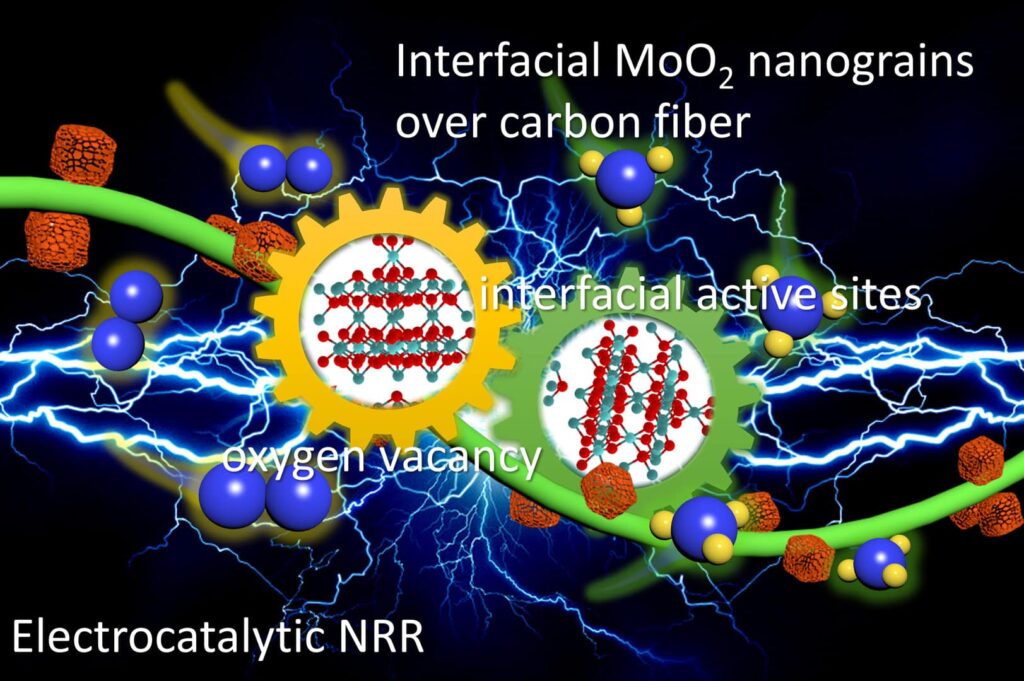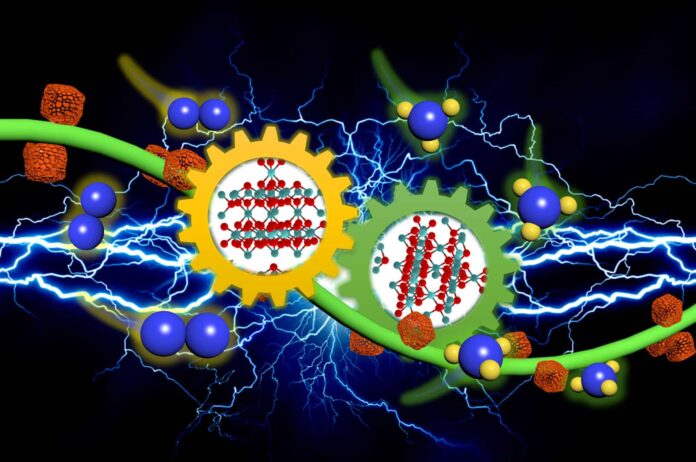In a groundbreaking revelation featured exclusively in the Early-Career Researchers section of the Proceedings of the National Academy of Sciences (PNAS) in 2023, Dr. Edison Ang, Assistant Professor at the National Institute of Education/Nanyang Technological University, Singapore, in collaboration with Jiangsu University of Science and Technology, China, introduces a pioneering method for sustainable ammonia production.
Dr. Ang and his research team have committed their efforts to formulating an environmentally friendly solution for ammonia production—a critical chemical in both industrial and agricultural sectors. Dr. Ang underscored the global significance of their work, stating, “Our research marks a crucial step towards addressing global challenges related to ammonia production and its environmental impact.”
The study intricately explores the details of electrocatalytic nitrogen reduction, placing emphasis on the challenging nature of the process and the pursuit of a high ammonia yield rate with rational faradaic efficiency. The team’s innovative approach involves enhancing electrocatalytic nitrogen reduction through grain boundary engineering to promote oxygen vacancies, offering a promising pathway for efficient and sustainable ammonia production.
Acknowledging ammonia’s pivotal role in diverse industries, including agriculture and energy, Dr. Ang envisions a substantial impact on the development of more efficient and sustainable methods for ammonia production.

The proposed catalyst, MoO2/C700, showcased in the research, outperforms existing solutions, highlighting innovative catalyst development and optimization techniques. This catalyst holds the potential to revolutionize the electrocatalytic nitrogen reduction process, ushering in a greener and more efficient approach to ammonia production with implications for food security, energy production, and environmental sustainability.
Despite these promising outcomes, Dr. Ang emphasizes caution in overstating the immediate practical applications of the research. He underscores the necessity for further research and testing before widespread adoption of this technology. Readers are encouraged to stay informed about these advancements, actively contributing to the adoption of greener technologies and the reduction of harmful emissions.
Journal Reference
- “Optimizing oxygen vacancies through grain boundary engineering to enhance electrocatalytic nitrogen reduction,” authored by Xiu Zhong, Enxian Yuan, Fu Yang, Yang Liu, Hao Lu, Jun Yang, Fei Gao, Yu Zhou, Jianming Pan, Jiawei Zhu, Chao Yu, Chengzhang Zhu, Aihua Yuan, and Edison Huixiang Ang, is available in the Proceedings of the National Academy of Sciences (PNAS), 2023: DOI: 10.1073/pnas.2306673120
